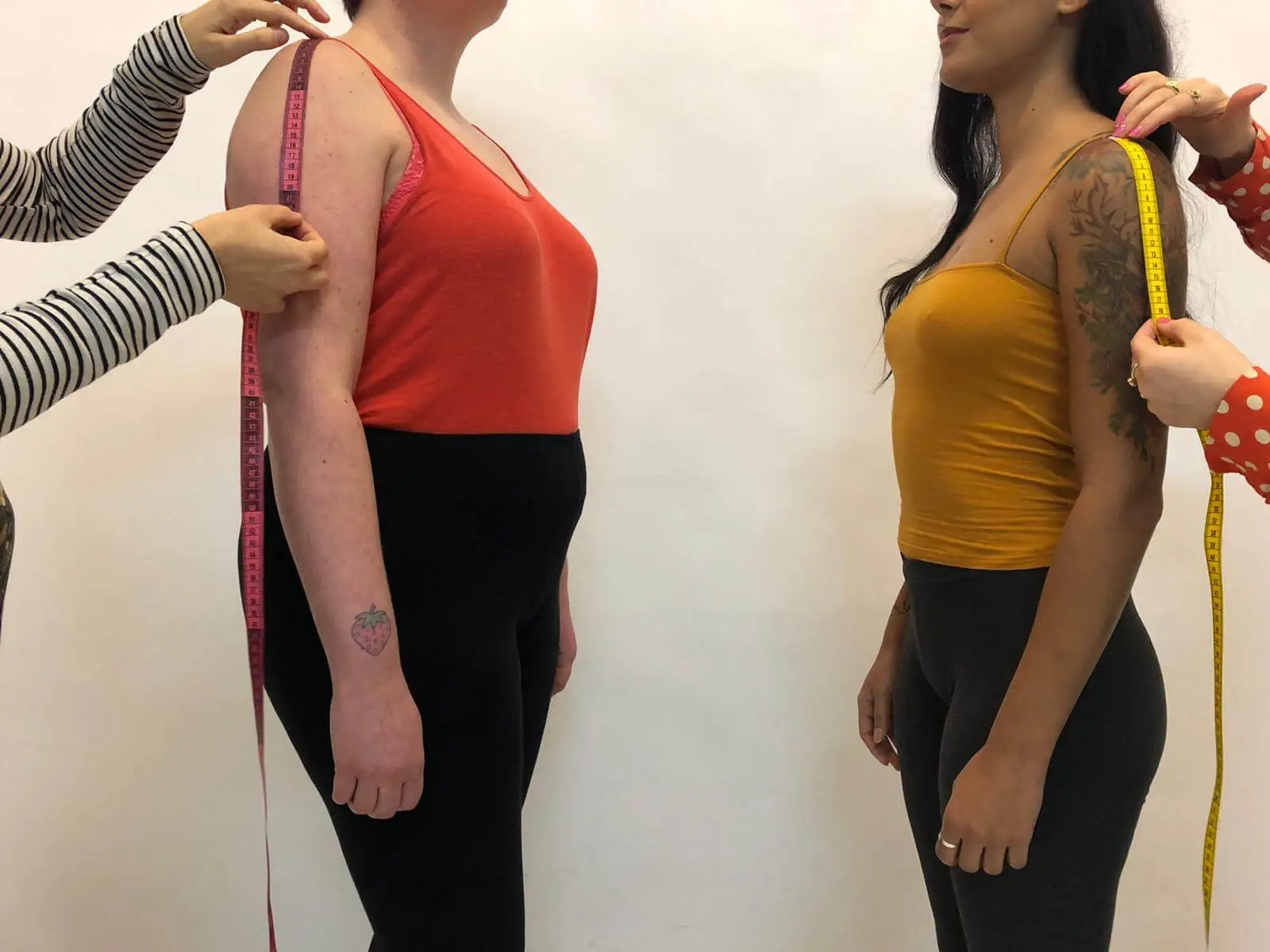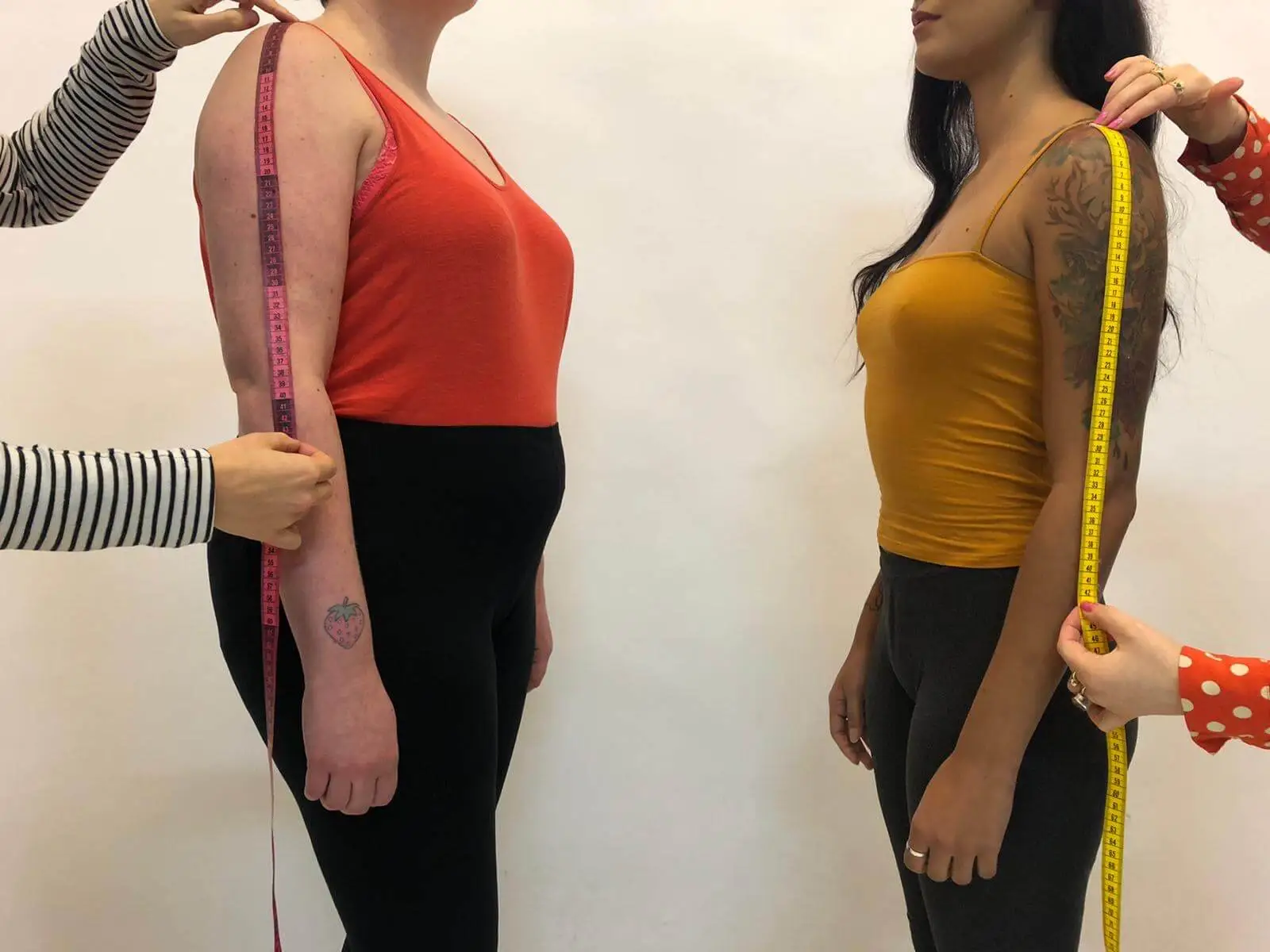SUSTAINABILITY & SMALL BUSINESS BLOG
What is sustainable clothing?

Sustainable clothing comes in many forms but every item of ethical clothing has one thing in common: positive impact. The sustainability of a garment can be judged on how positive it’s impact is on the person who made it, the planet and on the wearer. The more of these boxes the garment ticks, the more positive the impact and the more sustainable the garment.
Let’s break this down:
The fashion industry is infamous for its forced labour, exploitation wages and dangerous working conditions across the board from high street to designer brands. Most of these exploitative working conditions are hidden with brands using manipulative techniques like fashion trends, flashy ad campaigns and green-washing to distract consumers from the truth about who made their clothes and in what conditions. With the rise of social media and campaigning by groups like Fashion Revolution these topics are becoming less easily hidden and many consumers are waking up to the appalling realities that their purchases are originating from. A great way to tell what is sustainable clothing is the level of transparency with which brands explain where their products are made.
If a brand is not telling you where their products come from you can assume that they are not being produced sustainably with the makers’ welfare in mind. Brands who are treating their makers fairly will have dedicated web pages detailing who their clothing is made by, whether they are paid a living wage, where they are made and in what conditions. Here at The Emperor’s Old Clothes we pride ourselves on providing a safe and happy working environment at our Brighton + Hove studio. Every item of our responsible clothing is made on site by our small team for a UK living wage – you can find out more + meet the whole team here.
How can you judge a garment’s impact on the planet?
The best place to start is working out what type of fabric the garment is made from. Is it a natural fibre? Is it an organic fabric? Is it a synthetic man-made fabric? Where was the fabric manufactured? You can answer most of these questions by looking at the garment label or by reading a garment’s product listing online. If a fabric is made from polyester or majority-synthetic fibres it will cause more harm to the planet via its production, via its up-keep (releasing micro plastics into water streams when washed) and via its disposal (plastics do not biodegrade).
More natural fibres cause less harm to the planet but the scale at which these fabrics are being produced still has a detrimental effect. In its production by using masses of resources, the amount of fabric waste in mainstream fashion production of clothing and the millions of garments ending in landfill – particularly being dumped by western countries into the global south – no matter what fibres they are made from because too many garments are being produced.
Finding out where a fabric is manufactured is a much harder task, however we would still argue that brands producing more sustainable clothing will provide more information on the types of fabrics they are working with and give a sense of where they come from. As ever the more transparent and informative a brand is, the more likely they are producing more ethical clothing (beware of greenwashing!).
Our mission here at The Emperor’s Old Clothes is to source the most sustainable fabric options and to reduce fabric waste as much as possible throughout our production process. We work exclusively with deadstock and vintage fabrics with the aim of using up what already exists rather than commissioning new fabric. You can find out more about how we reduce our fabric waste here.

The third criteria through which you can judge what is sustainable clothing is how positive the impact is on the wearer or consumer. Here are is an indefinite list of questions to ask yourself before purchasing a garment to help you decide if this is a sustainable purchase:
How much do I love it?
How many times will I wear it?
How many items of my existing wardrobe will it go with?
Am I comfortable that I’ve done enough research about where + how it was made?
Can I style it across the seasons?
Will this item of clothing adapt to my body as it changes?
Does this garment reflect my identity/sense of self?
In short, sustainable clothing is clothing you are going to wear again + again + again, that you are going to be motivated to take care of so that it lasts as long as possible and that you’re drawn to and enjoy wearing. We believe that when you design a piece of clothing yourself you have a far greater connection to it which translates to a deeper love of wearing it + a greater want to take care of it. This is why we have developed our Design Your Own Garment service: to enable people who can’t sew or don’t have time to make their own clothes the opportunity + access to ethical clothing according to their own aesthetic, measurements + accessibility needs.
We hope this post has helped you better define what is (& isn’t) sustainable clothing and has given some points for consideration next time you shop.


























